Can America Vote Its Way to National Health? - Part 2
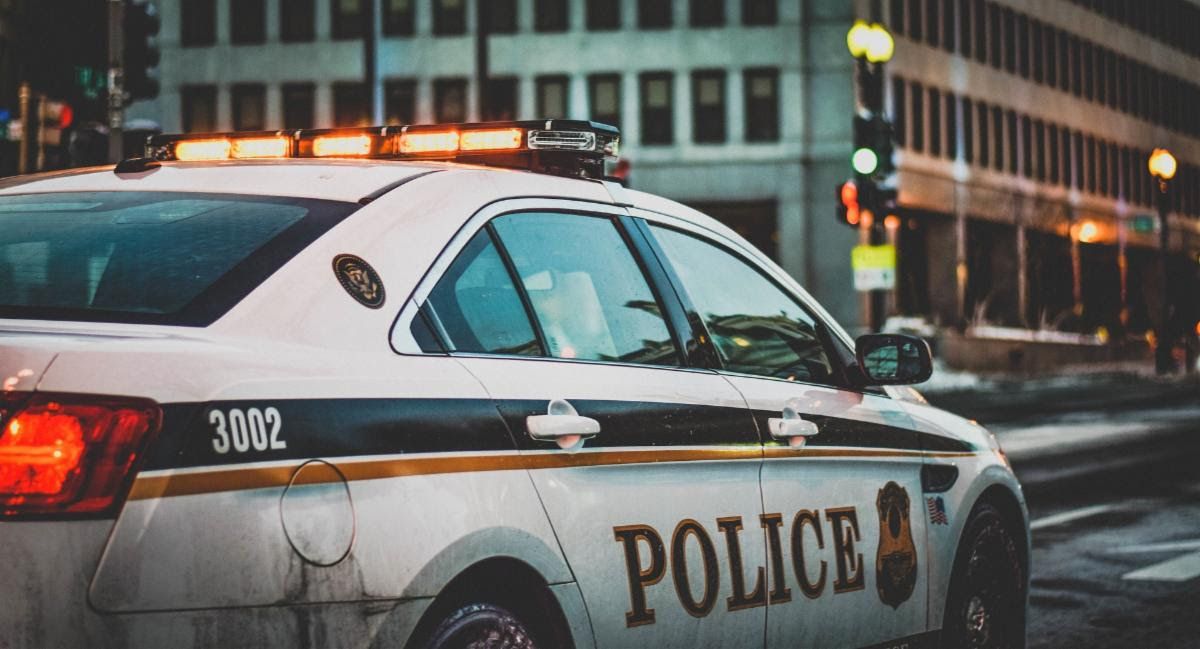
Preface to Part 2
As almost anyone who truly knows me will attest, I am not the sort of person who walks, or thinks, in a straight line. Life is full of too many fascinating and illuminating diversions. But only rarely do interesting, relevant, and beautiful things fall into your lap. If we hope to encounter such things, we’ve got to get up and look around.
Implicit in this is an insatiable hunger to understand a matter, particularly one that has bedeviled the church, society, or me for any length of time. This fondness for what I call “true truth” is due, at least in part, to having been fooled once too often by a first glance or a hasty selection.
I am not a fan of superficiality, and, to my shame, I tend to be annoyed with those who are. Unfortunately, in this age of memes and social media, it has become harder and harder to avoid uncooked notions and those who peddle them.
The popularity of memes and click bait is a product of one simple truth — they are enticing and easy to consume. They serve as society’s Cliff Notes.
However this simplicity and immediacy hides a serious problem. Superficiality always over-promises, providing more flash than nourishment. Verification takes time, which is why we rarely demand it.
People who have gotten used to driving in the fast lane cannot abide the thought of slowing down. The speed is intoxicating, but it also makes them susceptible to getting lost and losing control.
Many Christians hold mistaken assumptions about what is happening in the world around them; and, more importantly, what God thinks about all of it.
Where do we stand on the continuum of human and church history? Are we entering the end of the age? If so, how much time do we have to work with? Can we actually change anything? What should our response be to the turmoil that surrounds us?
We cannot afford superficial answers to questions of this magnitude. Too much is at stake.
Admittedly, my penchant for thoroughness does not make me cost effective. A research project I launched in the summer of 1990 was expected to take no more than ninety days. Seven years later I was still at it. All due to a mistaken assumption the initial question was an easy study. (The question? Why does spiritual darkness linger where it does?)
No sooner had I completed this project than I did it again! Only this time the research ran twenty years — and counting. The question in this case was, Why does the moving cloud of God’s presence hover over certain communities and regions?
The fruit of this research was a series of documentary videos — the Transformations series — that highlight the work of God in our day. It has since spilled over into a curriculum called The Journey to Transformation.
Over the years, I have come to discover that people do not generally change or take action because they come to know something. Rather, they kick into gear when they feel things — like the true magnitude of a problem, the urgency of the hour, or the demonstrated power of God to actually change things.
As I have done so many times before, I set out in this article to discuss a single question — only to find the issue had more facets than you could shake a stick at!
When my outline iterations reached into double digits, I knew I was in trouble. As hard as I tried, I found it increasingly difficult to contain the article in the advertised two parts. Now, I have given up altogether.
The issue at hand demands weight and substance, and I cannot bring myself to slap things together simply to avoid embarrassment or fit an arbitrary, more convenient, package.
So, the article will now be delivered in three parts, and the section before you (Part 2) is considerably larger than its bookends.
Of course, I hope not to lose you along the way, and, to that end, I have made a considered effort to make the material readable. Time will tell if I have succeeded.
Although the entire article is aimed at the question of whether we, as American Christians, can resolve our ills through the ballot box, an explicit response to this inquiry will not be forthcoming until Part 3 (which I aim to post next week.)In the meantime, there is much to attend to. Whereas Part 1 majored on the violence and lawlessness that are sweeping the nation, Part 2 examines the demise of society’s traditional guardians — the police, courts, public schools, and the church. I pray that you will find this presentation enlightening, and a worthy set-up to our conclusions in Part 3.
Can America Vote Its Way to National Health? - Part 2
In Part 1 of this article (posted on September 8), I focused attention on the disturbing and unremitting lawlessness that is sweeping the nation. From Los Angeles to New York, from Austin to Chicago, socialist-leaning officials have aided and abetted anarchists by slashing police budgets, releasing thousands of violent criminals (many of whom have reoffended), and permitting rioters to run amok.
And there is no apparent end to the madness.
In early September, California’s Contra Costa County District Attorney Diane Becton mandated that prosecutors in her jurisdiction consider looters’ “needs” when weighing criminal charges against them.
A mid-June article in The Atlantic entitled “Prosecute the Police” (penned by a former federal prosecutor turned activist) used selective, self-defined depictions of police brutality to incite readers. Examples of “unabashed assaults” included “attacking reporters,” and “shoving a 75-year-old man to the ground.” No mention is made of protestors’ encroachment on police crowd-control lines or their failure to obey clear commands.
Policing has never been perfect. I have personally been treated unfairly on at least two occasions, and I have no quarrel with those voices advocating better training and accountability for law enforcement officers. But I draw the line at demonizing an entire profession whose daily routines are incredibly dangerous. Indeed, a good argument can be made that police officers are abused far more than they abuse.
A Deadly Bitterness
By now, the whole nation is aware of the recent attempted assassination of two LA County Sheriff’s deputies — a 24-year-old man and a 31-year-old woman shot in the head in an unprovoked attack as they sat in a marked squad car.
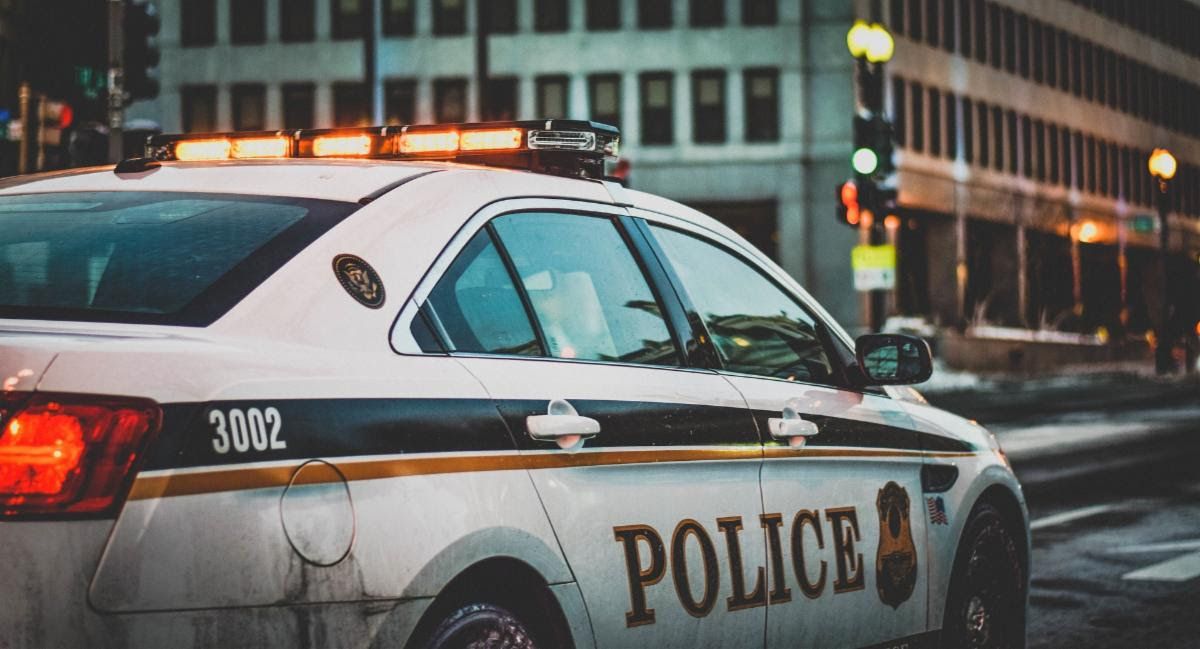
Others have reacted in disbelief to the shouted comments of activists outside Saint Francis Hospital (Lynwood, California) where the deputies lay fighting for their lives.
The entire incident was filmed live by the perpetrators themselves. Shot on a cell phone, the footage makes it abundantly clear this is no “spontaneous” BLM protest, but rather an attempt to inflame an already tense situation and turn it into yet another example of “police brutality.”
Narrating his own footage, the cameraman describes the group’s approach to the hospital:
“We are out here at St. Francis Hospital where two of America’s most notorious gang members have been brought to (speaking of the critically injured deputies). Were going to go up and just check on these murderers right here.”
Since there is no evidence suggesting either deputy, both rookies, had killed anyone, the characterization is evidently intended for the force as a whole.
Walking up to the hospital entrance, Kevin (the cameraman) orders his fellow demonstrators to, “Unfurl the flags.”

Before they get to the lobby, a female security guard puts her hands up to the group and says, “There’s no visitation allowed sir.”
While this policy is in place for obvious reasons, it is clearly anticipated. Right on cue, the protestor says to his live audience:
“Alright, you can see what’s happening here. They got these pigs out here. They’re telling us we cannot go in and see these individuals (the deputies) who have been shot down at the f***ing train station.”
Lest anyone think the crowd was coming to offer condolences, the protestors start yelling “Heyyyy, heyyyy. Oink, oink. F*** the police! F*** you all!”
Another shouts toward the hospital windows, “I hope they die motherf***ers!” while the cameraman laughs.
As more security arrives on the scene, the group mocks the officers, saying:
“You’re next. You all gonna die one by one. This ain’t gonna stop!”
Then, in an utterly cold-blooded tone, one of the protestors steps forward to say:
“I want to deliver a message to the families. ‘I hope they f***in’ die!’”
When a reinforced police line begins advancing to clear the crowd away from the hospital, Kevin narrates for his viewing audience:
“This is America ya all. This is America. See what they’re doin’. They’re harassing our people. F*** the sheriff!”
Walking back to his car, Kevin asks an unseen individual, “You filming? You filming? It’s war. It’s war out here. Two pigs just got shot in the head in Compton.”
He then wraps his “breaking news” video tellingly:
“This is a straight out celebration ya all. Celebration! Celebration!”
According to Don Mihalek, a retired senior Secret Service agent who contributed to a mid-summer ABC News report on violence toward police, “Any time the anti-police rhetoric heats up, it sends a message that it’s open season on law enforcement. We saw it in 2016 and we’re seeing it now.”
This assessment is backed up by data from the FBI which shows a 28% jump in felonious officer deaths over the same period in 2019. And the number is climbing rapidly.
Nor is this violence confined to garden-variety street thugs. In late June, two attorneys from Brooklyn, New York were among those charged with tossing Molotov cocktails inside occupied NYPD vehicles. There have also been professors, and wealthy scions from the Hamptons.
Getting to the Heart of the Matter
What we are witnessing in America is not ultimately about race, age, or net worth. It is about a spirit of lawlessness.
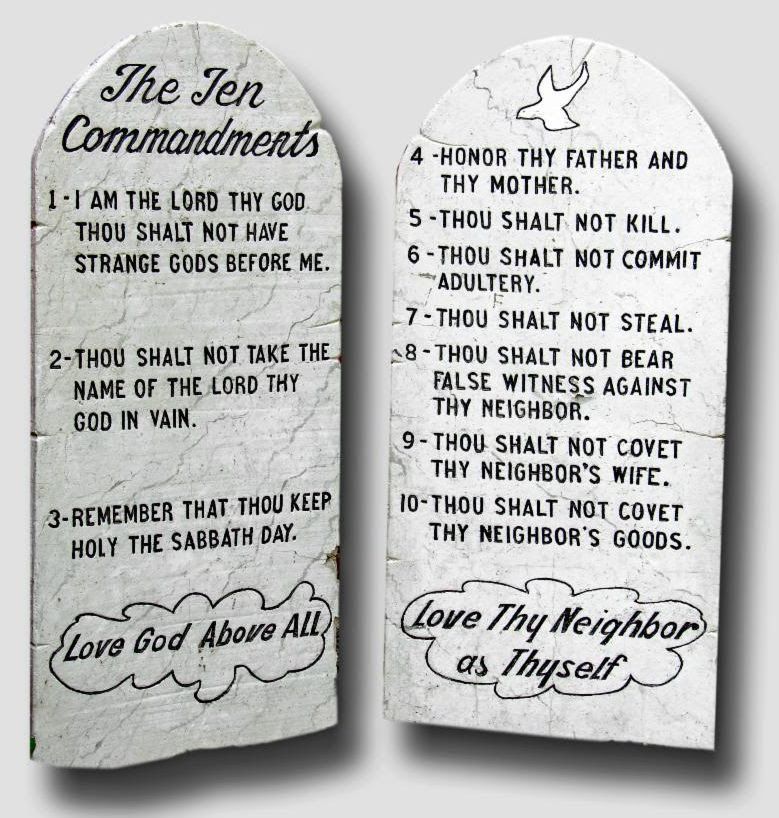
Even Christians are issuing caveats to sermons and scriptures that speak to the importance of obeying the law. The September issue of Christianity Today magazine, for example, offered several articles on the hot topic of racism and police brutality. Most of them, introduced with unfortunate emotional overtones by Editor in Chief Daniel Harrell, took pains to side with current outrage rather than what the scriptures actually say.
I read most of these articles three times to be sure I was not judging them unfairly. But in each instance I returned to my initial sense that clear biblical declarations were being forced or re-interpreted to fit current affairs. Obvious meanings were weighed down with caveats and deeper meanings.
For example, when Paul admonishes the Romans to be subject to governing authorities, the CT author claims “Paul is talking about an ideal (emphasis mine). His mandate to ‘do what is good’ presupposes that rulers themselves are discerning the difference between right conduct and wrong conduct.”
The implication here and elsewhere in the article is that subjection to authority is dependent upon that authority’s perception of what is right, and their commitment to justly steward their power. Certainly we desire these things, but is not this the ideal? What government, local or national, consistently manifests true justice and righteousness in a fallen world? Surely not our own, and surely not the Roman imperial system to which Paul is referring.
So we are left with Paul’s words —
"Let every person be subject to the governing authorities. For there is no authority except from God, and those that exist have been instituted by God. Therefore whoever resists the authorities resists what God has appointed, and those who resist will incur judgment. For rulers are not a terror to good conduct, but to bad. Would you have no fear of the one who is in authority? Then do what is good, and you will receive his approval, for he is God’s servant for your good. But if you do wrong, be afraid, for he does not bear the sword in vain. For he is the servant of God, an avenger who carries out God’s wrath on the wrongdoer" (Romans 13:1-4 ESV).
The prophetic reformer Ezra also speaks to God’s mindset on the matter of lawlessness:
"Whoever will not obey the law of your God and the law of the king, let judgement be strictly executed on him…" (Ezra 7:26 ESV).
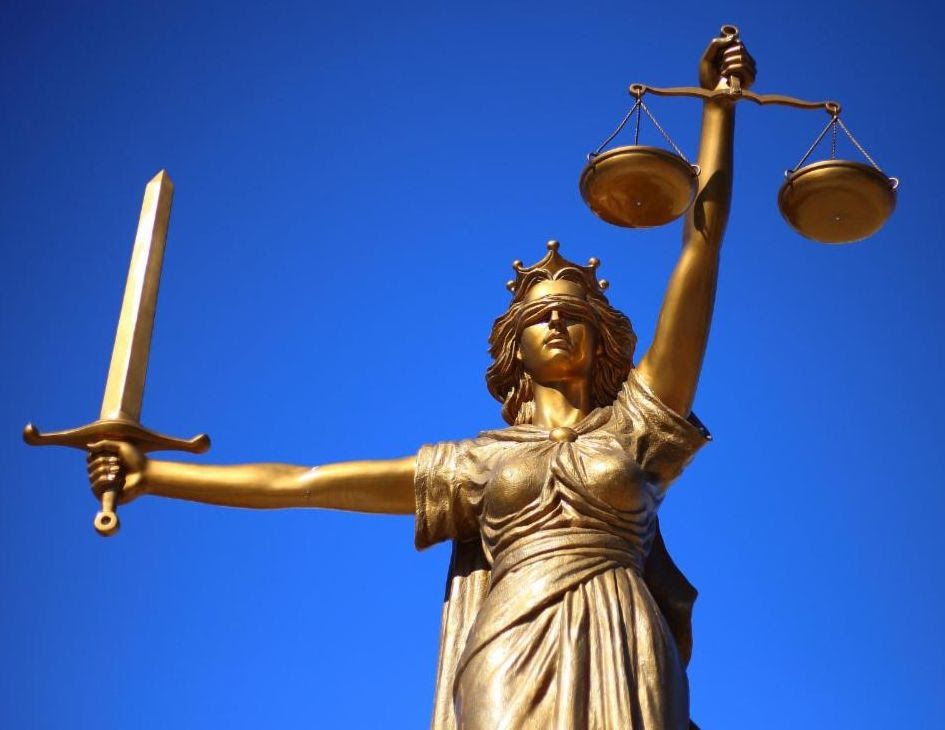
Does this mean we cannot, or should not, work toward a better system when ours is lacking or broken? Of course not! The scriptures are filled with admonitions to take up the cause of the oppressed and downtrodden. But this does not justify breaking the law. Rather, we are to work within the law, using the ballot box and, if need be, our right to speak prophetically to those in power.
If we are convicted of racism, we should repent. This is baggage none of us can afford to carry. But while we are at it, let us also address our lying, gossiping, and failure to love the Lord with all our heart, soul, and strength. And if it is true and lasting change we are after, we must insure that our conviction comes from the Holy Spirit rather than emotional speeches, newscasts, or Facebook posts.
The Silencing of Society’s Guardians
It has been said that crime is a function of three factors: The supply of offenders, the supply of victims, and the intervention between the two by society’s guardians —most notably police, schools, and churches.
The supply of offenders is being well stocked by an epidemic of fatherlessness in black communities, a massive and growing drug culture, and predatory appetites fed by unfettered access to pornography. There is also the scourge of untreated mental illness (often demonic in origin), and ill-conceived, self-serving immigration policies that permit individuals from lawless cultures to operate with similar loose restraint here in the United States.
The supply of victims is being fed through a loss of moral grounding brought on by scientific materialism, the desensitizing effects of drugs and alcohol, and homosexual and transgender activists seeking to swell their ranks by redefining science and the law. These factors and more are made infinitely more potent by their promotion and facilitation on the Internet.
An alarming example of victim grooming was put on display recently in California where the LGBTQ community partnered with state lawmakers to pass a bill that eases consequences for gays and transsexuals who engage in sexual relations with a minor.
The bill, signed into law by Governor Gavin Newsome (on September 11, no less) applies in cases where the victim is between the ages of 14 and 17 and the age of the perpetrator is within ten years of the victim. Senate Republican Leader Shannon Grove told reporters this means that “a 24-year-old could have sexual relations with a 15-year-old child without being required to register as a sex offender.”
Indicating how far society has drifted from common sense and adult moral responsibility, the measure was supported by the California Police Chiefs Association and the state District Attorneys Association.
The prime sponsor, state senator Scott Wiener, is a notable homosexual activist who, not long ago, removed his shirt to participate in a leather and BDSM street fair called Up Your Alley. A year later, he tweeted, “I love ‘satanic’ drag queens. In honor of this idiot, two drag queens will be the celebrity judges at my annual children’s pumpkin carving.”
Assemblyman Chad Mayes, a former Republican from Yucca Valley, stated just before the vote, “This is one of those bills you will take a political hit for, but we also know that it’s righteous and just. This is the time to step up!”
The question is, step up for whom? Certainly not for children. Predators, anarchists, and other bad actors have only been emboldened by the recent sidelining of traditional societal guardians.
The Fading Blue Line
The gutting of police operations across the nation via an assortment of defunding actions was addressed earlier in this article. Although most of these actions have been taken fairly recently, the consequences are already incalculable. And the problem promises to get worse. Much worse.
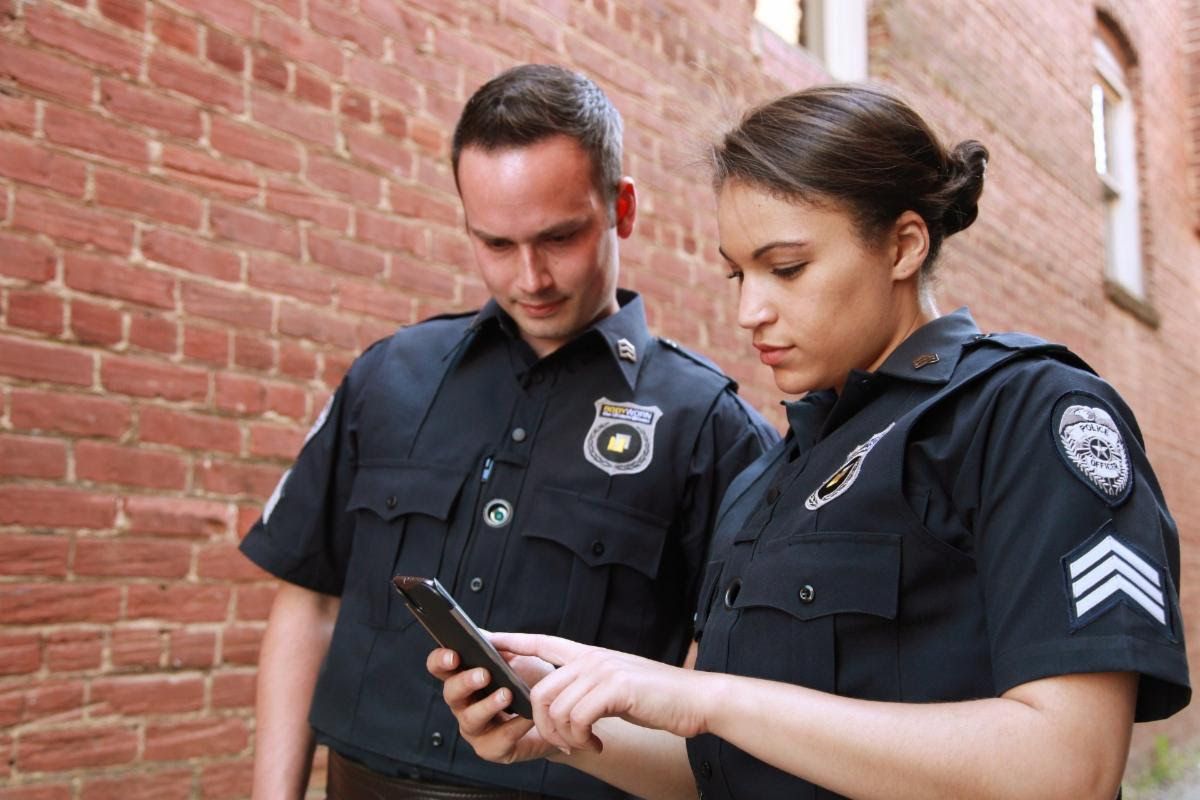
In some communities, city officials are seriously considering disbanding traditional police operations in favor of reimagined civilian setups. New York has disbanded its elite anti-crime units that focused on gangs and gun violence. Portland has eliminated its Gun Violence Reduction Team, and Seattle’s city council has reduced funding for an array of specialized units including SWAT, harbor patrol, homeland security, mounted patrol, and school-based officers. Many other cities have followed suit.
The question is, will this make these cities safer? While anti-police activists will instinctively shout “yes!” a closer examination suggests reduced police training funds will actually hurt performance on the streets, especially when it involves suppressing gangs, gun-running, and human trafficking. Interventions during highway stops and domestic violence situations will also become far more dangerous.
Determined pedophiles and traffickers, highly organized gangs, and anarchist saboteurs can only be delighted with the recent actions of city councils to weaken police intelligence and response operations. Indeed, data from the last few months reveals that violent crime in these cities is accelerating.
The city of Minneapolis is a sobering case in point. After the community’s liberal council members voted in July to begin dismantling the city police department, demoralized officers began leaving at a historic rate. As a result, more people were murdered in the first nine months of this year than were slain in all of 2019. There has also been a notable rise in assaults, robberies, and arson.
The City Council is surprised and alarmed, but they shouldn’t be. Foolishness begets lawlessness, and lawlessness begets more lawlessness.
Emasculated police departments and lax prosecutors are attracting much of the attention of late, but activist courts are also contributing to the waning guardianship of law enforcement. In many jurisdictions, judges have become coddlers, wrist slappers, and even justifiers. Shuffling papers and striking the gavel, they turn dangerous criminals loose on the public in the name of fairness and compassion.
In October 2019, Ibrahim Bouaichi broke into a woman’s apartment and proceeded to sexually assault her. Although he was charged with six felony accounts, a circuit court judge released him on bond over prosecutors’ objections. No electronic monitoring was ordered.
Less than a month later, Bouaichi was picked up in a second incident and charged with drunken driving and multiple assault counts. Once again, he was released the following day.
This time, however, the legal revolving door led to tragic consequences. Free to move about, Bouaichi returned to the young woman’s apartment and murdered her.
This year, in early September, 32-year-old Olga Maria Calderone was stocking shelves in a Chicago-area Walgreens store when she was stabbed to death by a man who had been released from electronic monitoring by a judge, despite having committed multiple serious crimes.
Literally hundreds of heartbreaking stories like these make a mockery of true justice — the very ideal so many of today’s protestors, professors, and politicians claim to champion.
In the eyes of Bristol County Sheriff Tom Hodgson, liberal judges in his own state of Massachusetts and elsewhere are making it more difficult to protect the innocent.
“For those of us in law enforcement, it really undermines our ability to say that if you violate that law, you’re going to be held accountable.”
The Socializing of Young Minds
Another of society’s traditional guardians, public schools, is also losing its footing. This is partly due to diminished watchcare capabilities brought on by strict Covid-19 regulations. When students aren’t in school, home abuse often goes undetected (one of the many downsides to current social distancing policies).
In an effort to compensate for limitations imposed by remote learning, some schools are trying to display concern for student safety by imposing the same rules that govern behavior on campus. In Colorado, this led school officials to suspend a 12-year-old boy with diagnosed learning disabilities for showing a plastic toy gun during an online art class. The fact it was neon green with an orange tip and the words “Zombie Hunter” on the side was apparently not enough to persuade the teacher to apply common sense. Instead, school officials asked police to visit the boy’s home — a traumatic experience that left him scared and in tears.
Who needs protection from whom?
In Tennessee, the Rutherford County School District asked parents to sign waivers stating they would not eavesdrop on their kids’ virtual classes. Although this requirement was later modified after parental pushback to allow limited monitoring “with permission of the instructor,” at least one parent, Laurie Cardoza-Moore, questioned why the school would encourage parents to snitch on one another and what would happen if she were to violate the waiver. “Does that mean somebody from the school district is going to knock on my door and pull my kid out of my home, his virtual classroom?”
There is also the question of shielding students from exposure to radical programs and angry instructors.
I am thinking here of Steven Lysenko, a 9th grade teacher and Assistant Principal at Spencerport High School in Rochester, New York. Entrusted with a position of authority, Mr. Lysenko chose to set an example not of peacemaking, but of uncontrolled rage. Exacerbating an already tense situation which saw police called to contain acts of vandalism, looting, and the terrorizing of diners, Lysenko outfitted himself with a camera and joined BLM protestors chanting “F*** the police!”
Then, livestreaming his displeasure over the use of pepper spray, the public school official screams: “They can f*** right off, America! F*** the police! F*** the Rochester Police Department!” He also told students on social media that saying ‘White Lives Matter ‘was tantamount to “condoning White Supremacy.”
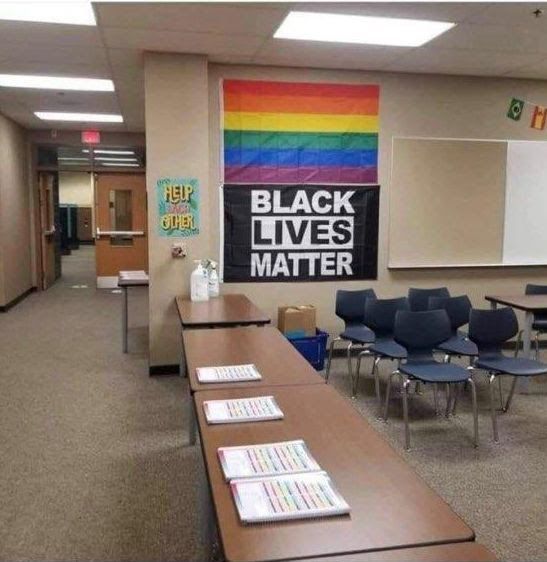
One long-time acquaintance who serves as a grade school teacher in Oregon reported she had been pressured by authorities to display BLM posters in her classroom. In New York, a high-school teacher handed students a Black Lives Matter protest cartoon comparing police with slave owners and the Ku Klux Klan.
Another young teacher in the San Francisco Bay area laments having to walk on eggshells while others are free to dispense radical and revisionist ideas like the New York Times “1619 Project.”
The project, created by Nikole Hannah-Jones, a non-historian, is based on the premise that American history began in 1619 — the date African slaves ostensibly arrived in Virginia — and that everything that has followed should be viewed through that lens. Although school districts in Washington, D.C.; Buffalo; Chicago; and throughout California have decided to update their history curricula to include the material (over 4,500 K-12 schools nationwide).
Despite having been awarded the 2020 Pulitzer Prize for Commentary, scholars have criticized the 1619 Project for multiple inaccuracies, including the contention that the American Revolution was fought not to achieve independence from England, but to preserve the institution of slavery.
The response of mainstream journalists and many celebrities has been a collective “So what?” In fact, Essence magazine reports Hannah-Jones’ curriculum “is being adapted to TV and film projects with the help of media titan Oprah Winfrey.”
While it has become fashionable to “reimagine” institutions and procedures, taking this approach with history risks doing violence to students’ sense of identity. This is certainly true of the 1619 curriculum where the consequence, if not the intent, is to transform youngsters’ pride in their American heritage into a self-loathing whose only remedy is an angry dismantling of the system.
If this assessment seems harsh, consider this. The curriculum’s creator is not an academic but a longtime activist whose aim is change America’s social climate in order to secure reparations for African Americans — an achievement that can’t come soon enough. In a provocative New York Times article, “What Is Owed,” Hannah-Jones says the violence-triggered changes we’re seeing today are, in her words, “rage-inducingly slow.”
“Destroying property, which can be replaced, is not violence,” she later told a CBSN interviewer. It may not be the best way to secure reparations, but don’t call smashed windows, defaced monuments, or intentionally-lit fires, violence.
In late June, just before Independence Day celebrations hit full stride, Hannah-Jones encouraged her followers to read a series of tweets that suggested a sinister motive behind the heavy din of fireworks in the New York area.
“The media is reporting this as though it’s just Black and Brown kids blowing off steam,” one tweet read, “but I don’t believe that’s the case. My neighbors and I believe that this is part of a coordinated attack on Black and Brown communities by government forces; an attack meant to disorient and destabilize the Black Lives Matter movement.”
The tweets went on to suggest the fireworks were designed to “stoke tensions” through sleep deprivation.
“It’s meant to sound like a war zone,” the writer warned, “because a war zone is what it’s about to become… This is psychological warfare, the first wave before whatever the next stage of the attack is.”
Hannah-Jones later apologized for making unfounded claims, but the horses were already out of the barn.
Still, the entire sordid incident leads one to ask, What kind of mindset leads a person to latch on to such dangerous fiction? And can we trust them with the task of rewriting American history?
Lambs, Wolves, and Termites
Before we take leave of our investigation into the health of America’s leading edge societal guardians, there is one final institution to consider. I am speaking, of course, of the church.
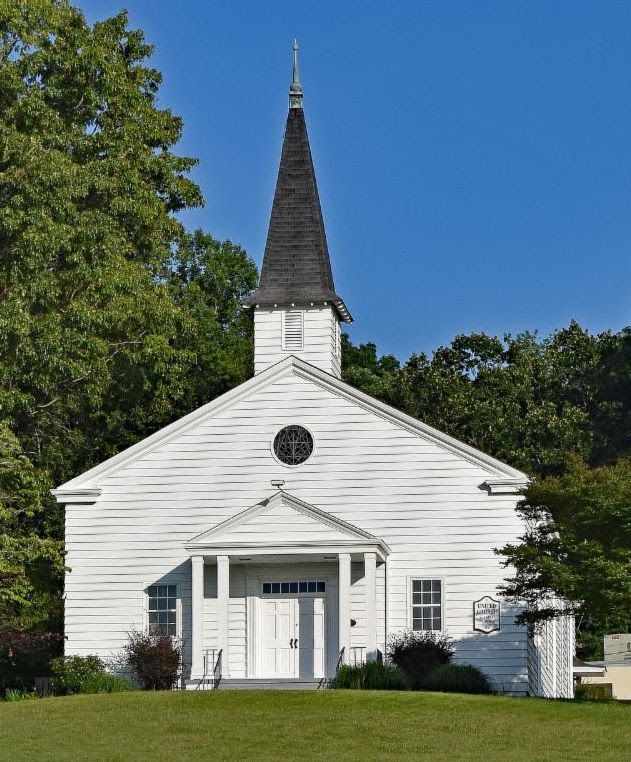
While her flaws are both real and numerous, the church’s historical contributions to the well-being of society can only be denied by those with selective memories or ideological blinders. It has been there to bind up the nation’s wounds during times of war and natural disaster, to provide aid and comfort to prisoners, and to bring food and shelter to the inner-city poor.
The church has also played a leading role in the fight for equality among women and blacks. In the early to mid 1800s, the nation’s first abolitionist army marched out of the revival fires of the Second Great Awakening. It was the church that established abolitionist colleges like Oberlin, Ohio Wesleyan, Knox, McKendree, and Michigan Central/Hillsdale that not only admitted blacks and women, but served as important stations on the Underground Railroad.
In summarizing the socio-political impact of the Great Awakening, Nobel prize-winning economist Robert Fogel suggests revivalist attacks on corruption and their belief in equality of opportunity led to the establishment of egalitarianism as a national ethic.
Although America’s present addiction to drugs and unfettered sex (pornography) is grievous, one can only speculate how much worse it might be were it not for the “holy disruption” of the Jesus Movement in the late ‘60s and early ‘70s.
We must also speak of Martin Luther King’s integration of Scripture and non-violence, and tension-melting displays of Christian forgiveness such as that shown by the parishioners of Mother Emmanuel church in Charleston.
In recent years, however, the American church has suffered its share of slings and arrows. Some of this simply goes with the territory. As Jesus explained to his disciples, when light is being light, those who prefer to go about their business in darkness will hate the light. (See John 3:19-3, ESV.)

Other damage to the church’s character and reputation has been self-inflicted. The principle problem, as Os Guinness astutely observes, is not the wolves at the door, but the termites in the floor. We have lost standing in society because we have lost standing with God. Spiritual neglect has become spiritual impotence.
The implications of our condition are both real and obvious. Not only are we failing to attract and retain the younger generations (a topic I explore more fully in my forthcoming book Revival and the Next Generation), we are now suffering the ignominy of being deemed as non-essential in a time of national crisis.
While regulatory policies vary between states and cities, most require houses of worship to limit attendance, shorten services, and curtail participation in spiritually enriching activities such as weddings, funerals, training events, and prayer gatherings.
In August, a PEW Research Center report on religious expression during the Covid-19 mess revealed that only 6 percent of the nation’s churches and synagogues were operating as they were before the outbreak. A third were closed altogether.
Although some state and local authorities have denied all churches the right to in-person assembly, most have allowed houses of worship to operate with certain restrictions. These typically include some form of social distancing, and the wearing of facemasks.
However, in several jurisdictions, most notably California, government mandates have been so onerous as to interfere with what many believers consider the very essence of Christian worship and practice. This has included prohibitions on home Bible studies, praying for the sick, sharing communion, and even singing.
In specific terms, the California policy states —
“Places of worship must…discontinue singing and chanting activities and limit indoor attendance to 25 percent of building capacity or a maximum of 100 attendees, whichever is lower.”
Some Christians don’t get the logic.
Rev. Samuel Rodriguez, president of the National Hispanic Christian Leadership Conference, asked, “How can you permit, not for one day, but for many days, tens of thousands to march in protest without wearing masks and then demand that 100 worshipers refrain from singing?”
At the very time the California governor was expressing strong public support for BLM demonstrations, news footage shows protesters shouting in the face of police officers and chanting loudly in arm-locked solidarity. In one instance, a protester was recorded opening his mouth and blowing cigarette smoke directly into a police officer’s face.
African American pastor Les Simmons who shepherds a church in Sacramento talks about the special role worship has traditionally played in black culture. “Singing in churches goes all the way back to slavery,” Simmons told NBC news affiliate KCRA. “It was our thing that got us through.
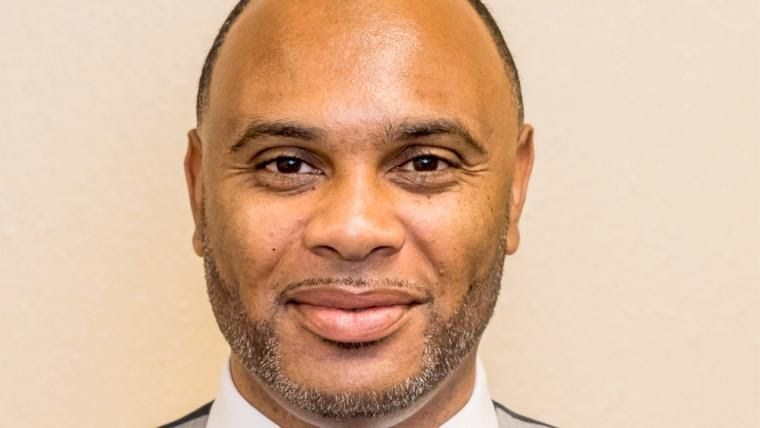
Public health specialist Dr. Kevin Pham says that although skeptics might dismiss the return to church as an unnecessary ritual that can be set aside, these restrictions have already resulted in cruel human outcomes. These include policies that have not only forced loved ones to die alone in hospitals, but, when the time came to mourn their passing, families had to choose who could attend the services lest they run afoul of church occupancy regulations.
Officials tend to forget, says Pham, “that the parts of our lives that make us feel normal are not mere luxuries, but are rather the very things that make us human.”

First Liberty, an organization that offers legal assistance to victims of religious discrimination, warns that secularist officials are “finding powers that are not in the Constitution.” Redding area worship leader Sean Feucht agrees, calling California’s recent mandate an “unprecedented attack” on the freedom of worship.
On September 10, a California Superior Court judge issued a restraining order against Grace Community Church and its pastor John McArthur prohibiting them from holding indoor services.
LA County public health officer Dr. Muntu David endeavored to explain the county’s position by pointing to the fact 650 COVID-19 cases have been linked to churches and religious events across the country. However, given that the number of infected persons nationwide total somewhere around 6.7 million, this does not exactly bolster the county’s case for shuttering churches.
Put in perspective, there have been over 200,000 Covid-related deaths nationwide as of mid-September. These include individuals exposed to the virus at nursing homes, house parties, street protests, bars, and student Spring Break events. Known church-related deaths account for less than 3.3 percent of the overall total.
So why did the New York Times headline a July article on the matter, “Churches Emerge as Major Source of Coronavirus Cases”? And why did they then take pains to downplay any health risks from recent riots and street protests?
Sadly, for many churches, the attitude and actions of state and local officials have become punitive.
In its tiff with Grace Community Church, LA County officials previously signaled their intention to saddle the congregation with fines of up to $20,000. And other California churches have been facing the same battle. A judge in Ventura County fined a Calvary Chapel holding indoor services in Newberry Park $3,000, holding both the fellowship and its pastor Rob McCoy in contempt. In the city of Santa Clara, North Valley Baptist Church has been hit with a fine of $15,000.
After initially failing to obtain a court injunction in their effort to block Grace Community Church from holding indoor worship, Los Angeles County instructed the Department of Public Works to terminate the church’s lease on a vacant lot which it has used for parking since 1975. The church has been given until October 1 to surrender the lot.
In its official notice, the county wrote:
“If Grace fails to vacate the premise as required, the District may enter the premises and remove Grace’s personal property in accordance with the Agreement and applicable law, and Grace will be responsible for any resultant expenses incurred by the District.”
At Harvest Rock Church in nearby Pasadena, Pastor Che Ahn and his parishioners have been threatened with $1,000 fines and one year in jail for every day that the church holds services — despite their compliance with nearly all applicable health regulations. (In addition to sanitizing its facilities, the church asks its parishioners to follow safe social distancing procedures, to stay home if they are feeling sick or exhibiting symptoms, and to wear masks “when entering and exiting the auditorium.”)

When in early July Governor Gavin Newsome finally allowed churches to open, it came with the caveat that singing would be prohibited and attendance would be limited to 25 percent of building capacity. And the order applied to home fellowship groups as well. To Pastor Ahn, this is where Governor Newsome crossed a line. In attempting to direct churches how to worship, he altered the church’s voice and declared himself “a little god.”
If public safety truly is the governor’s paramount concern, he probably did not do Californians any favor by encouraging mass protests (which officials now admit led to a recent spike in Covid-19 cases within L.A. County) and releasing 18,000 prisoners onto the streets.
Constitutional law attorney Jenna Ellis, a special counsel with the Thomas More Society, is not buying California’s argument. “This isn’t about health. It’s about blatantly targeting churches.”
Conservative and Christian observers are increasingly concerned the Covid-19 epidemic has given many local and state authorities a taste of sweeping power they are now reluctant to give up. Restrictive religious liberty precedents are being set almost weekly in states stretching from New Jersey to Louisiana, and from Nevada to Minnesota.
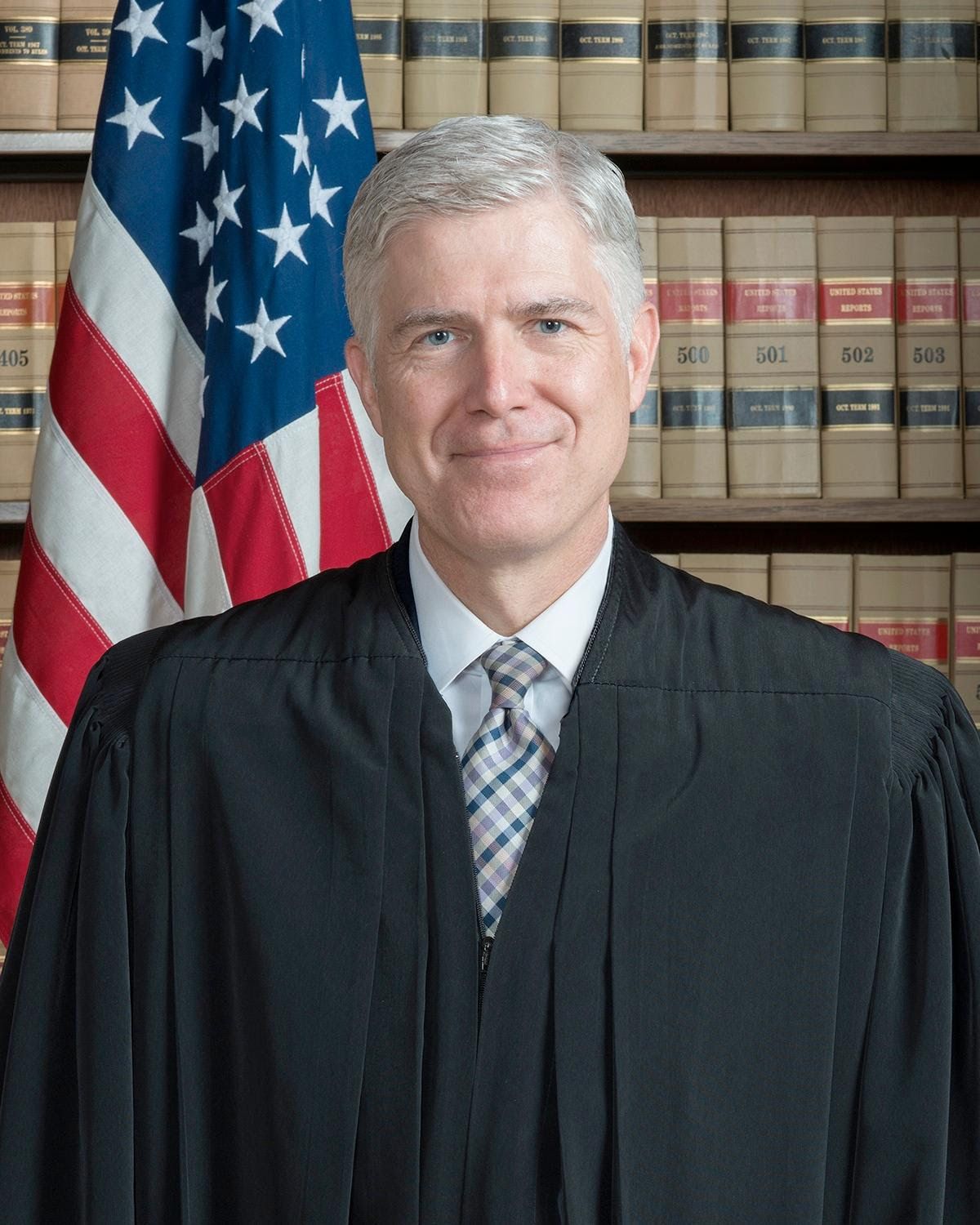
Despite inconsistencies and apparent double standards, some local restrictions on houses of worship have been affirmed at the federal level. In late July, the U.S. Supreme Court denied injunctive relief to Calvary Chapel Dayton Valley which was challenging Nevada’s right to limit religious services to 50 people, while allowing casinos, gyms, bowling alleys, and similar businesses to operate at 50 percent building capacity.
In a blistering dissent, Justice Neil Gorsuch wrote: “There is no world in which the Constitution permits Nevada to favor Caesars Palace over Calvary Chapel.”
Making the situation even more galling for church parishioners, at the same time the governor was boxing them in on health grounds, he not only allowed, but encouraged and participated in, protests that violated the state’s stay-at-home orders. A classic case of “Do as I say, not do as I do.”
So while we cannot deny the termites in the church floor, it is increasingly evident there are also wolves at the door seeking to devour believer’s rights, role, and voice.
Trends and Consequences
The Pew Research Center in early August released a major report on American attitudes toward religious worship and practice during the Covid-19 epidemic. Based on a weighted survey of over 10,000 adults, the report provided some surprising (and disturbing) insights.
In what is undoubtedly a sign of the times, an overwhelming majority of Christians surveyed indicated they want churches to be regulated in the same manner as other businesses. Even if, as I have noted, this is not what is happening, it is what regular church attenders think should happen.
During a recent phone conversation with my sister who lives in Southern California, she mentioned a local congregation that had actually invited a public health official to sit in on their worship-free worship service to monitor safety and compliance. Whether this action was taken out of fear or a desire to demonstrate “good citizenship,” the implications of establishing this kind of precedent are actually quite chilling.
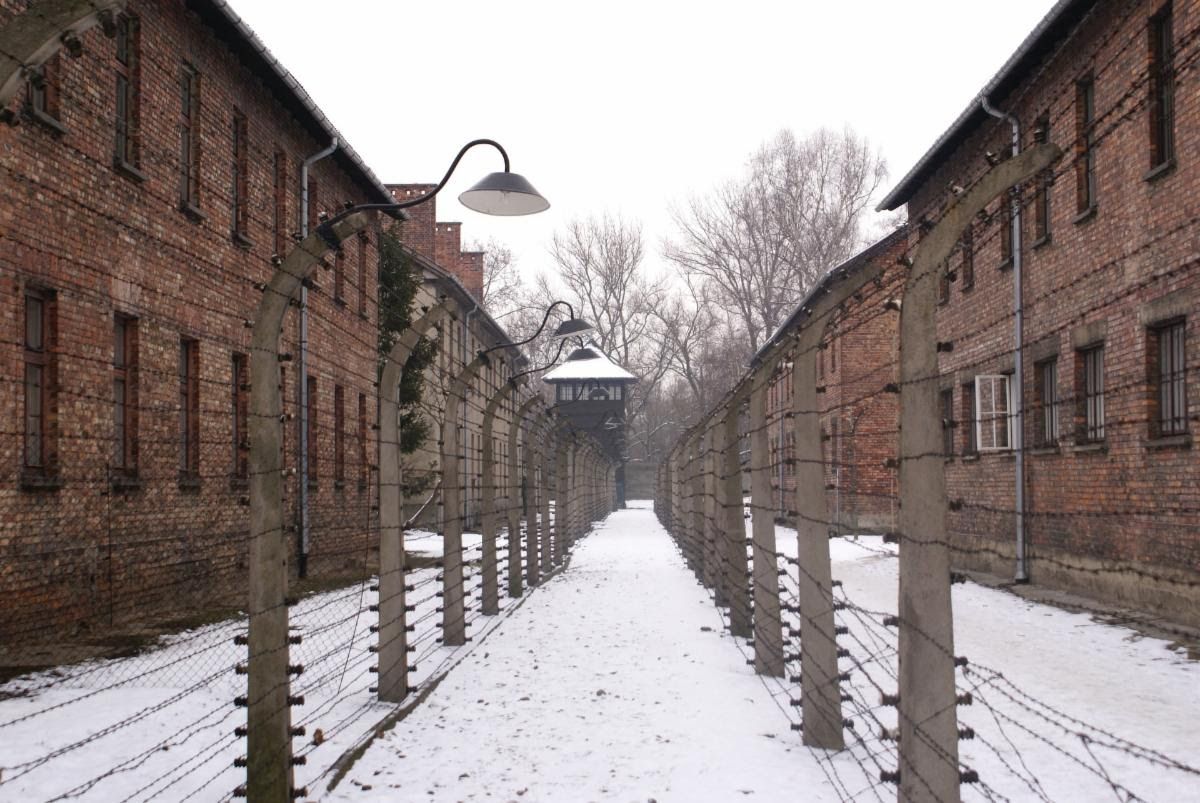
Do we really want state monitors reviewing and reporting on the manner in which we conduct our business before God? Are we going to modify biblically sanctioned behavior because a non-believer who may be inherently unsympathetic toward religion feels we should do something differently or not at all?
I realize there are many believers who will scoff at this scenario, but it is worth bearing in mind that state control over religious and civil liberties has historically manifested itself during times of national crisis. This is how Adolph Hitler and the Nazis gained traction in pre-war Germany, and it is how, in WWII America, people of Japanese descent were stripped of their citizenship and placed in Internment Camps.
It is also how strong-willed leaders like China’s Xi Jinping, Hungary’s Viktor Orban, and the Philippines’ Rodrigo Duterte are using the current coronavirus pandemic as cover to seize sweeping powers.
When government officials get a taste of power, they rarely want to relinquish it. In my travels through many Communist and Islamic countries over the years, I have seen (and felt) the presence of state monitors in church gatherings. I never once felt they were there to help.
Make no mistake, something is shifting in the life of our nation. It is happening now, and it is seen most readily in the church.
Many state officials have either urged or forced Christians to make a choice about how they will interface with fellow believers during the current health crisis. We can either gather in-person with a limited number of others (usually between 20 and 50) in sterile environments (physically separated and with no singing), or we can conduct our faith in cyberspace (once again, with no touching, and often without even seeing our fellow parishioners).
This experience will vary from state to state, but there is no longer any doubt that this artificial arrangement is sucking the life out of the church. I say this notwithstanding the claims of brave, well-meaning Christians who think this whole experience will make us stronger.
It won’t. It isn’t.
The aforementioned Pew survey found that among regular church attenders, one-in-five of us have skipped out on all forms of worship — in-person, online, or television.
A joint survey conducted by Democracy Fund and UCLA Nationscape found that 37 percent of White Evangelical Protestants either probably or definitely would not attend an in-person church service even if restrictions were lifted on the advice of public health officials (emphasis mine). The percentage rises to 54 percent among Mainline Protestants.
Think about this.
And while you’re at it, here are a few more tidbits.
In an effort to cope with the coronavirus outbreak, far more of us are resorting to television or movies (73%) than are spending time in prayer (43%). Only one-in-six of us are getting into the Scriptures.
And according to Pew Research, nearly one-in-five Christians (18%) say they have donated less money to their congregation since the start of the pandemic.
Ed Stetzer, executive director of Wheaton College’s Billy Graham Center and one of Evangelicalism’s good guys, is concerned.

“Is this going to be a pivot point where people who were not heavily engaged choose to disengage? The answer to that is probably yes for a significant number of people.”
In the observation of Dr. Nancy Ammerman, a professor of the sociology of religion at Boston University, people who stop attending church rarely develop or maintain spiritual practices at home. It is just too hard to do in isolation.
If and when churches get the green light to reopen, Stetzer sees challenges. “I think it was much easier to close your church than it’s going to be to reopen it.”
“At some point,” he says “the virus will stop being a legitimate concern and become a convenient excuse to skip church.”
Will this mark a new start? Or a point of no return?
In a time of growing darkness, with a church weakened from within and without, those who have not bowed the knee to Caesar or Baal must gather to soberly contemplate their own future, and that of the nation.
Part 3 coming soon.